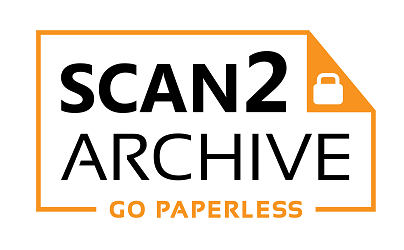MICROFILM SCANNING EXPLAINED: WHY YOU SHOULD DIGITISE NOW
In the era before computers and digitisation technology, analog forms of storage media were the norm. Microfilm and microfiche in particular, were popular storage formats used amongst many types of businesses including; architects, land developers, hospitals, councils, accountancy firms as they all generated numerous paper records. In order to make these important archives accessible and searchable, they need to be digitised.
Engaging with a reputable and experienced microfilm scanning service like Scan2Archive will ensure the microfilm and microfiche digitisation process is completed by the professionals.
1. CONSULTATION
The entire microfilm and microfiche conversion to digital process begins with a consultation with our experts. After determining your requirements and receiving your approval on the project details, the conversion project starts. Scan2Archive utilises state of the art FlexScan professional microfilm digitisation equipment to ensure high quality results. Throughout the entire process, great care will be taken to prevent your records from being damaged during the digitisation process.
2. CONVERSION
Scan2Archive’s scanning process reduces the risk of damage to your microfilm and microfiche records since the equipment also minimises the number of rollers that the archives are fed through.
The FlexScan’s superior camera technology produces uniform output and precision even while scanning at incredible speeds. Using fiber optic light sources that eliminate hotspots and uneven lighting, the FlexScan’s output are sharper images with better edge definition.
Scan2Archive will provide you with the options of scanning your microfilm and microfiche records at the recommended resolutions of 300 or 400dpi. Depending on the content of your records, you can also decide between output in Greyscale or Black and White as each has its advantages. For example, Black and White scanning will output smaller file sizes; however these will lose some detail. Greyscale, on the other hand, provides more detail and latitude with the varying exposures.
3. RETOUCHING
After the scanning and conversion process is complete, your resulting digital files can be further retouched through the use of image enhancement software and hardware. This results in files that are more legible and also allow for text search capability. Scan2Archive also offers processing images using optical character recognition (OCR) software. At the end of the project, you can choose whether to have your original microfilm and microfiche returned or securely destroyed.
BEST MICROFILM SCANNING SERVICE
Since microfilm and microfiche can degrade over time without proper (and costly) storage, now is the perfect time to discuss your project needs and contact us at Scan2Archive. Scan2Archive offers in-house scanning services that utilise strict quality control processes.
With over 38 years of experience in the industry backed by AS/NZS ISO 9001:2015 Quality Accreditation, we can assist you convert your microfilm and microfiche archives so they are a more versatile and durable digital files.



